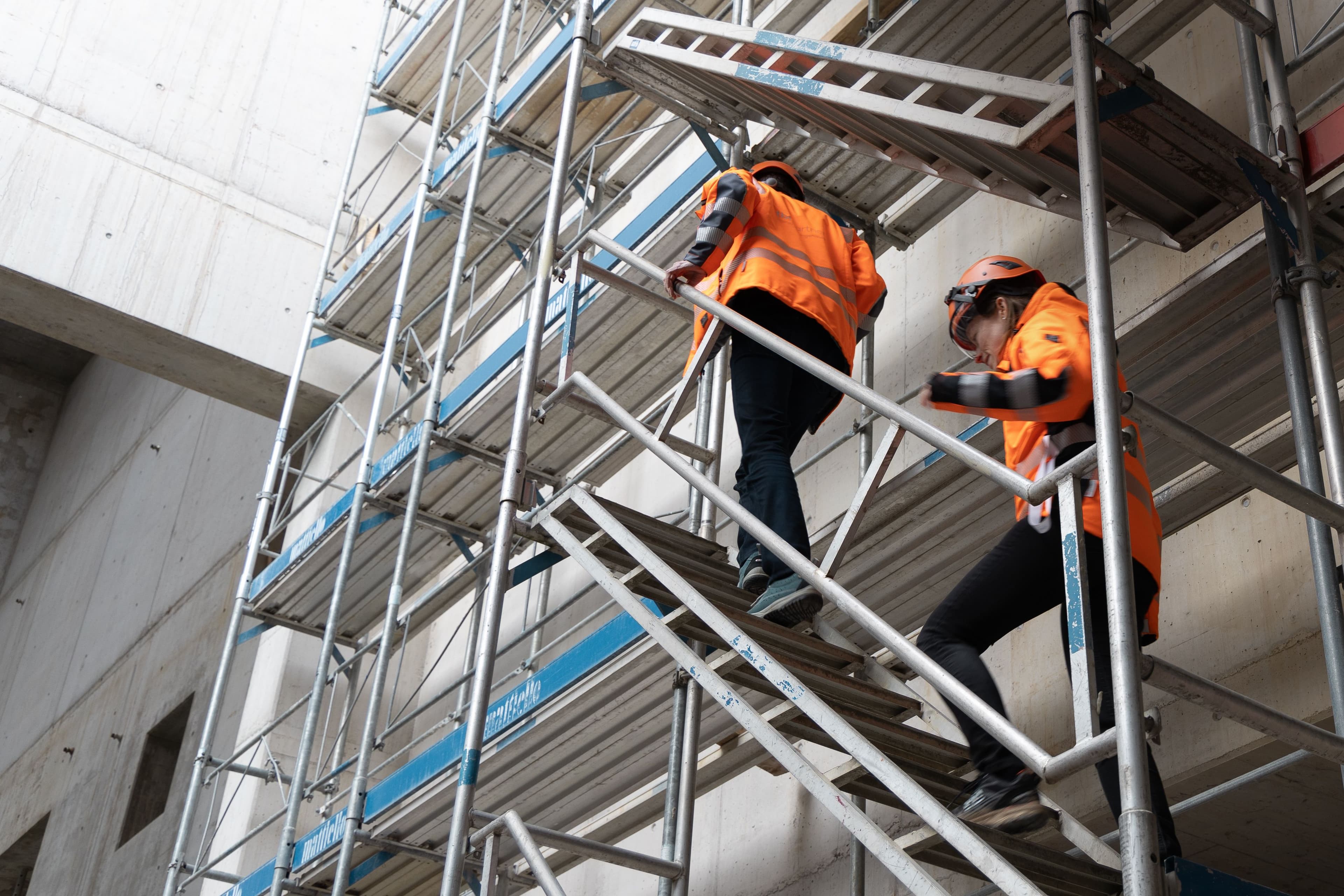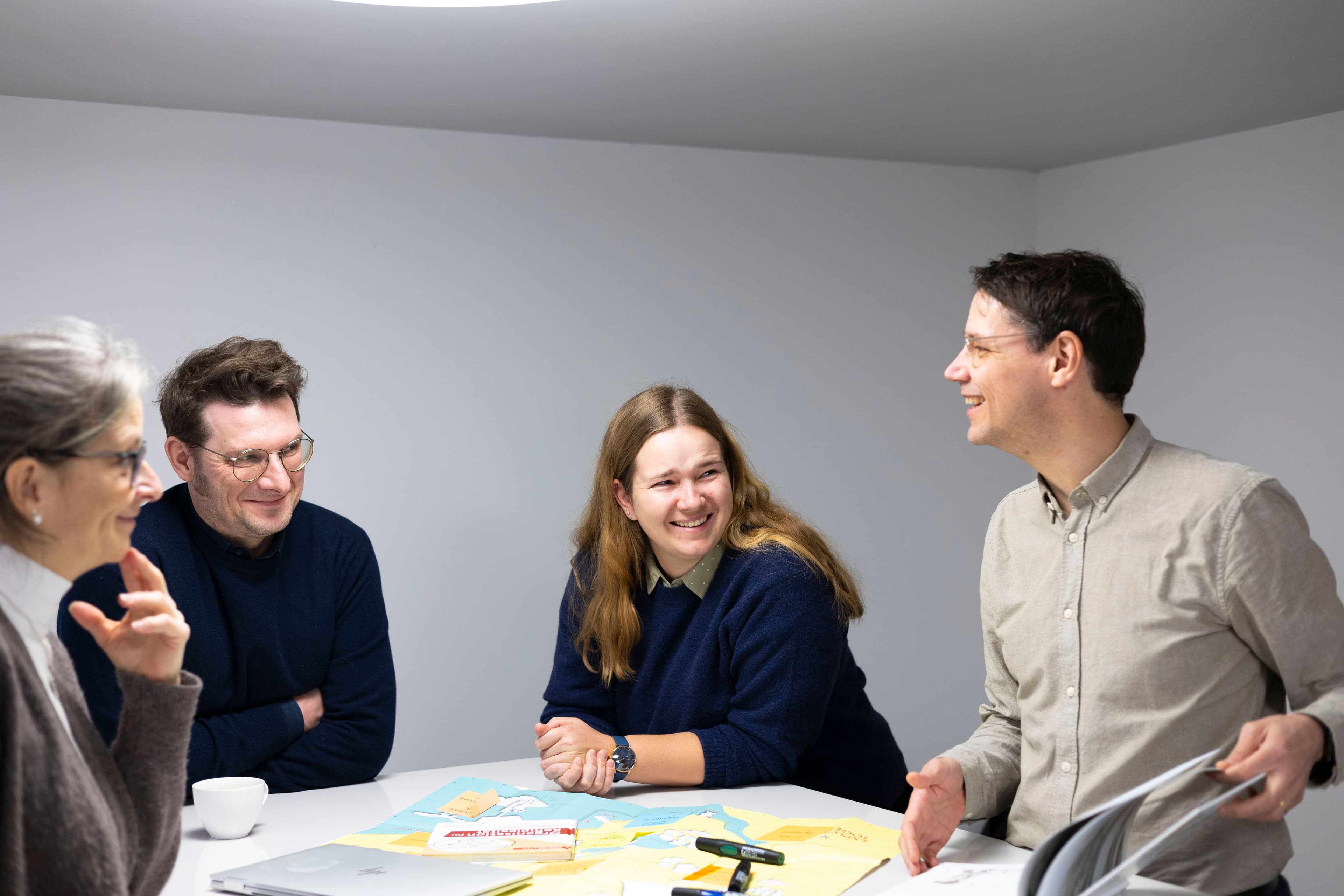Suddenly, things happen
very fast
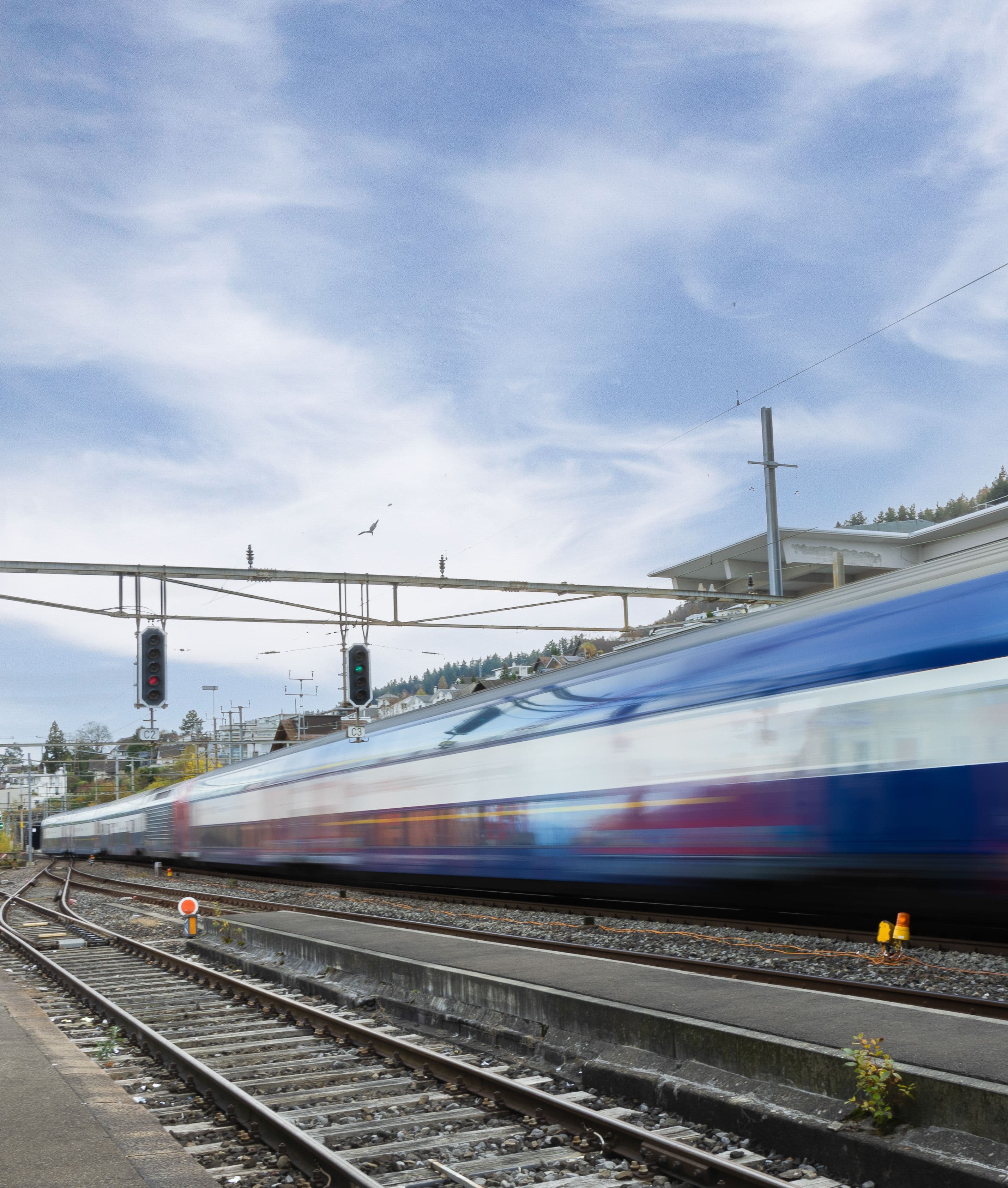
It is well known that putting theory into practice is not always easy. Each project is unique and brings its own challenges. How to keep track of everything? We spoke to Matthias Vescovi about what it’s like to be involved in a project that’s in its construction phase, the challenges such a project can entail, and what delivering high quality work in such a setting has to do with time and acceptance.
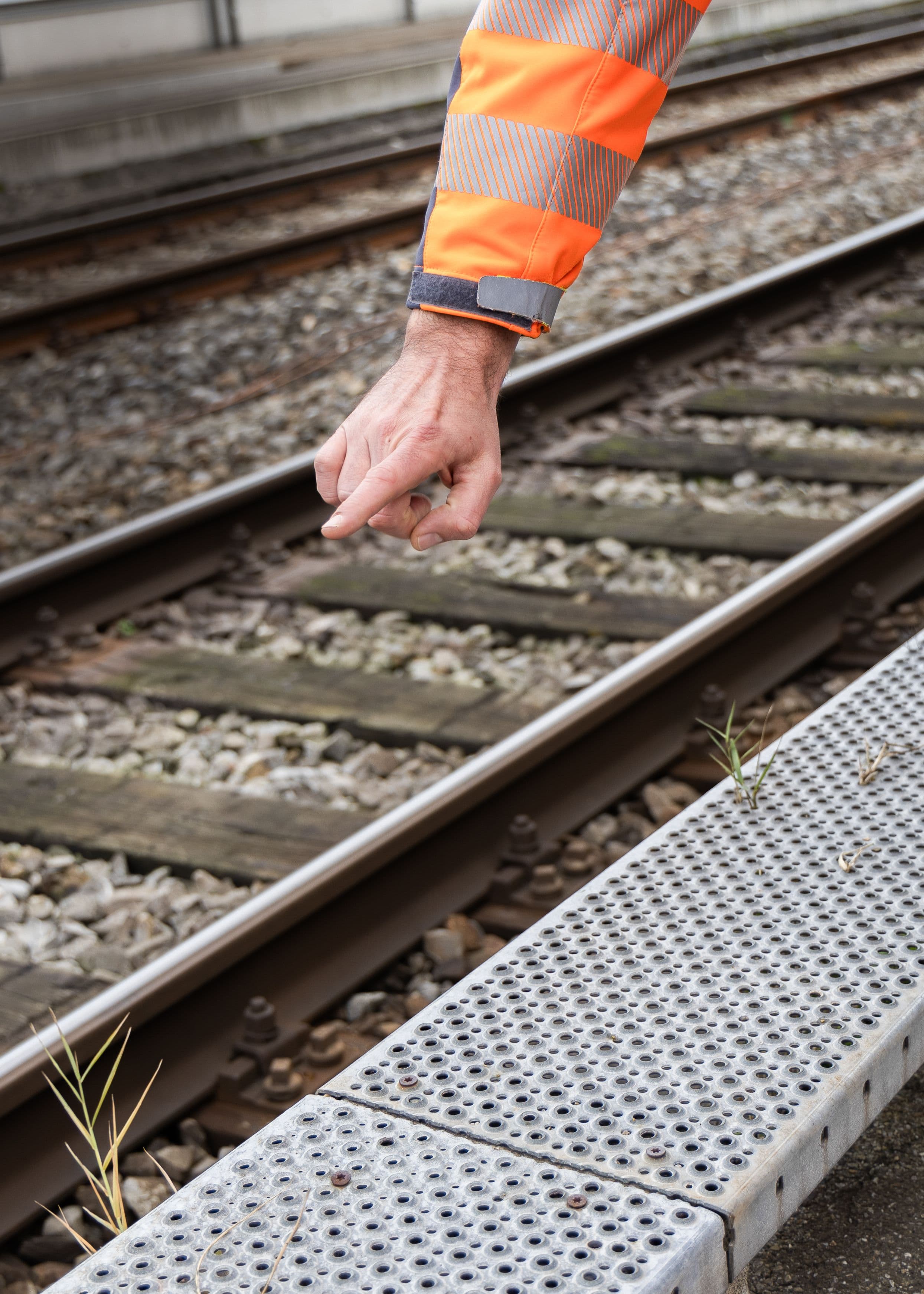
Goal: accessibility
Horgen Oberdorf railway station is being retrofitted for accessibility between 2024 and 2026. The infrastructure around the station is being designed in a way that all passengers can use it, regardless of physical limitations. The tracks, platforms and access routes will also be rebuilt accordingly. During the construction period, the area will be affected by construction sites, temporary land use, additional traffic due to transport and noisy work being performed day and night. But these are not the only challenges of a railway construction project.
Another aspect is the complex interface between a multitude of specialist trades, services and engineering disciplines. In his role as overall project manager of the engineering consortium, and senior site manager, Matthias Vescovi holds the reins to ensure a smooth process.
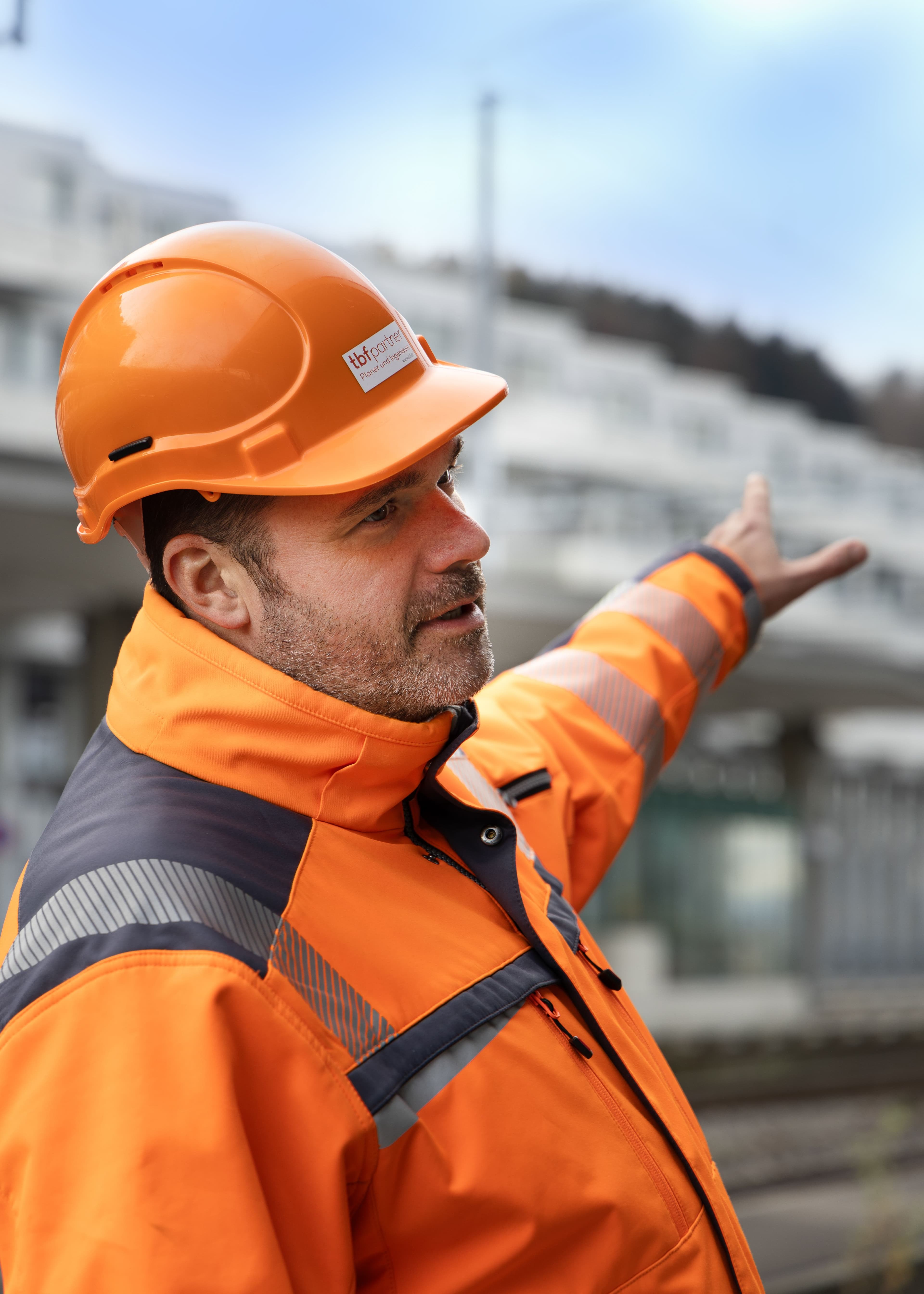
Swarm intelligence leads the way
In the planning phase, aligning the needs and requirements of all project stakeholders is important. First and foremost, this requires a common understanding of the project: what are we doing, why and how? This in turn requires transparent communication right from the start: clear project organisation, defined responsibilities, and the right tools, including quality assurance. From Matthias’ point of view, other pillars of a successful construction project are openness and working together in networks. That way, the “swarm intelligence”, fed by the experience of everyone involved, can be drawn upon.
There are also railway-specific requirements to consider during the planning phase: Logistics regarding timetables and track closures, in addition to the highest priority, which is personal and occupational safety (regarding train traffic, confined spaces and electrical installations). After the planning phase, the contractors sit down with the site management to analyse planning documents and specifications. Together, they coordinate all details before the construction phase starts.
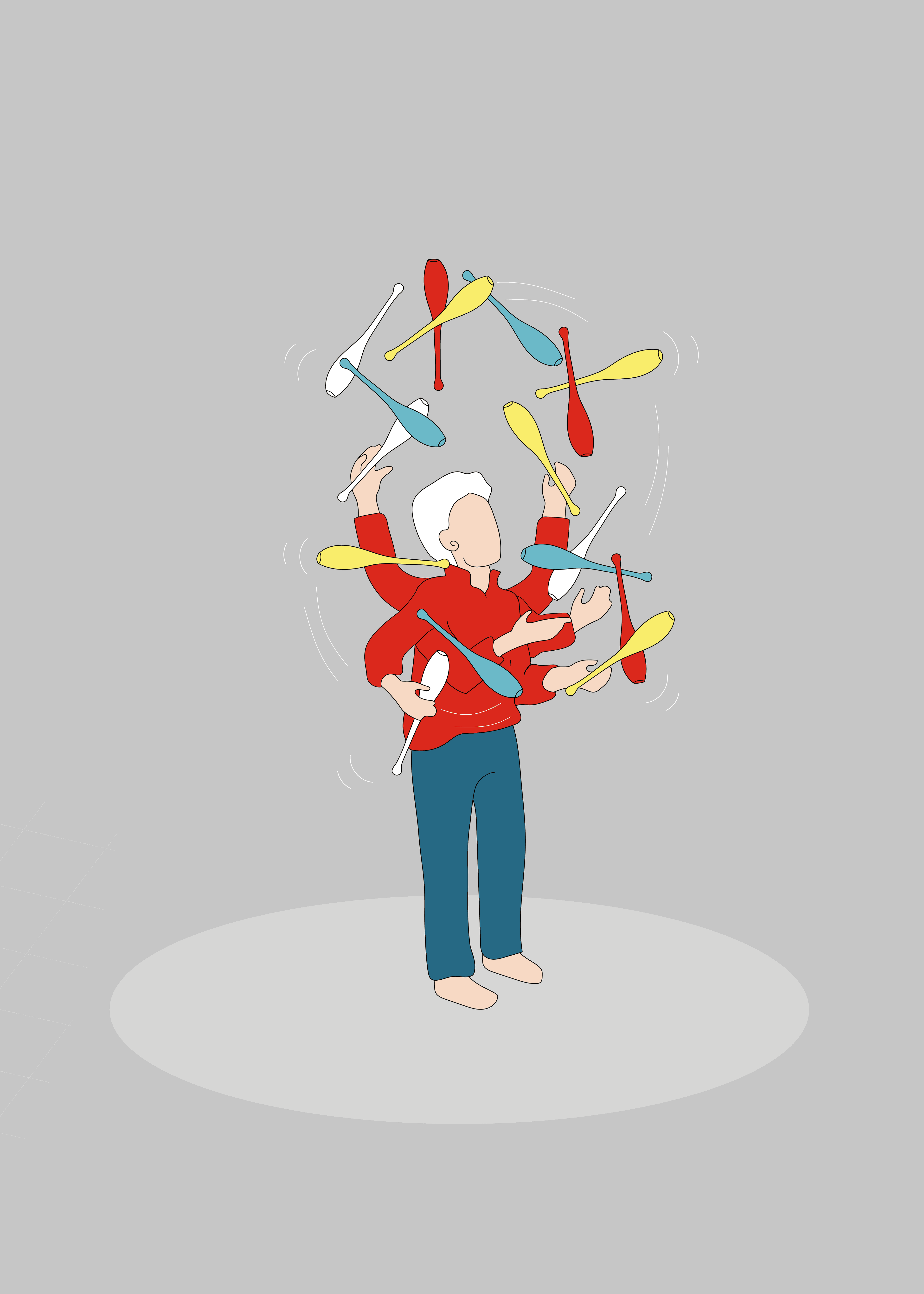
Suddenly, things go very quickly
Matthias tries to describe the transition between planning and construction as follows: ‘While there is often time for clarification during the planning phase, everything suddenly has to happen all at once during construction.’ For instance, there might be obstacles present on site that result in new requirements. These often only become apparent once excavation work has started. Resources may have been underestimated or overestimated, or work may not progress as quickly as planned.
In short, decisions must be made in a much shorter timeframe. In addition, after construction has started, time literally costs money. Details drawn up in the planning phase, that have been carefully considered, cannot easily be changed without consequences. In such a dynamic project environment, frictions can arise.
Asked how he handles this, Matthias smiles thoughtfully. ‘You have to embody acceptance,’ he reflects. Troubleshooting is part of the process in such a complex project – but his actual goal, he explains, is to ensure that everything runs smoothly. Luckily, Matthias brings a lot of experience to the table. He not only holds the overall responsibility for realising the project on behalf of the engineering consortium, but also acts as a sparring partner for the client’s overall project management and senior site management.
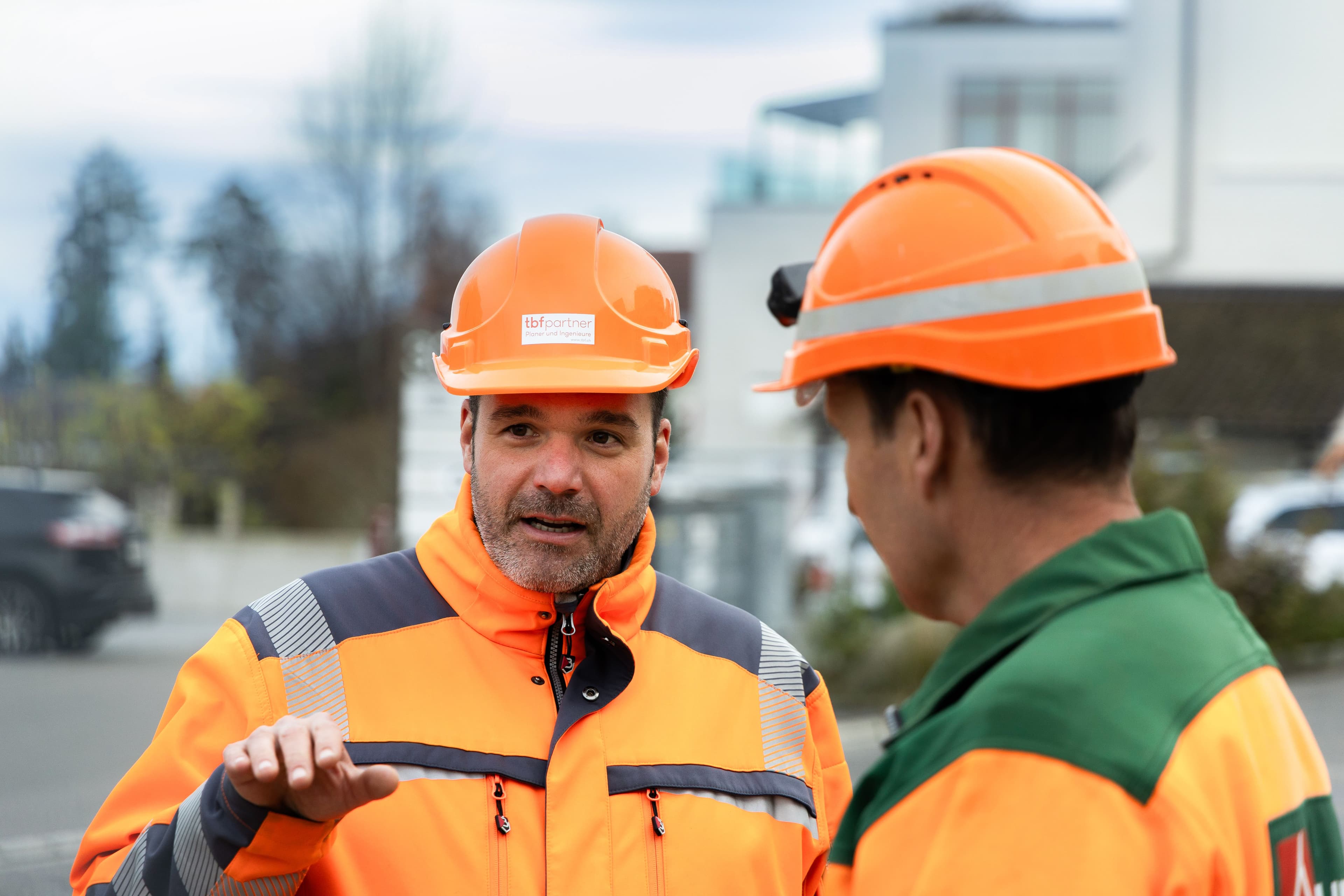
“I want to provide a good framework for the people involved in the project.”
Matthias Vescovi
What motivates you about this project?
The fact that I’m not dealing with a conventional construction project. I’m getting to grips with railway construction, which is a completely new field for me. I’m learning a lot.
What are you most proud of?
That I’ve managed to develop good relationships with the people involved in the project so far.
In your opinion, what is the most important thing when starting a project?
That’s easy: networking. I want to know who I can get in touch with, who I can ask, who I can get advice from and where I can tap into knowledge. Networking is the basis for good cooperation, clear communication and a common understanding.
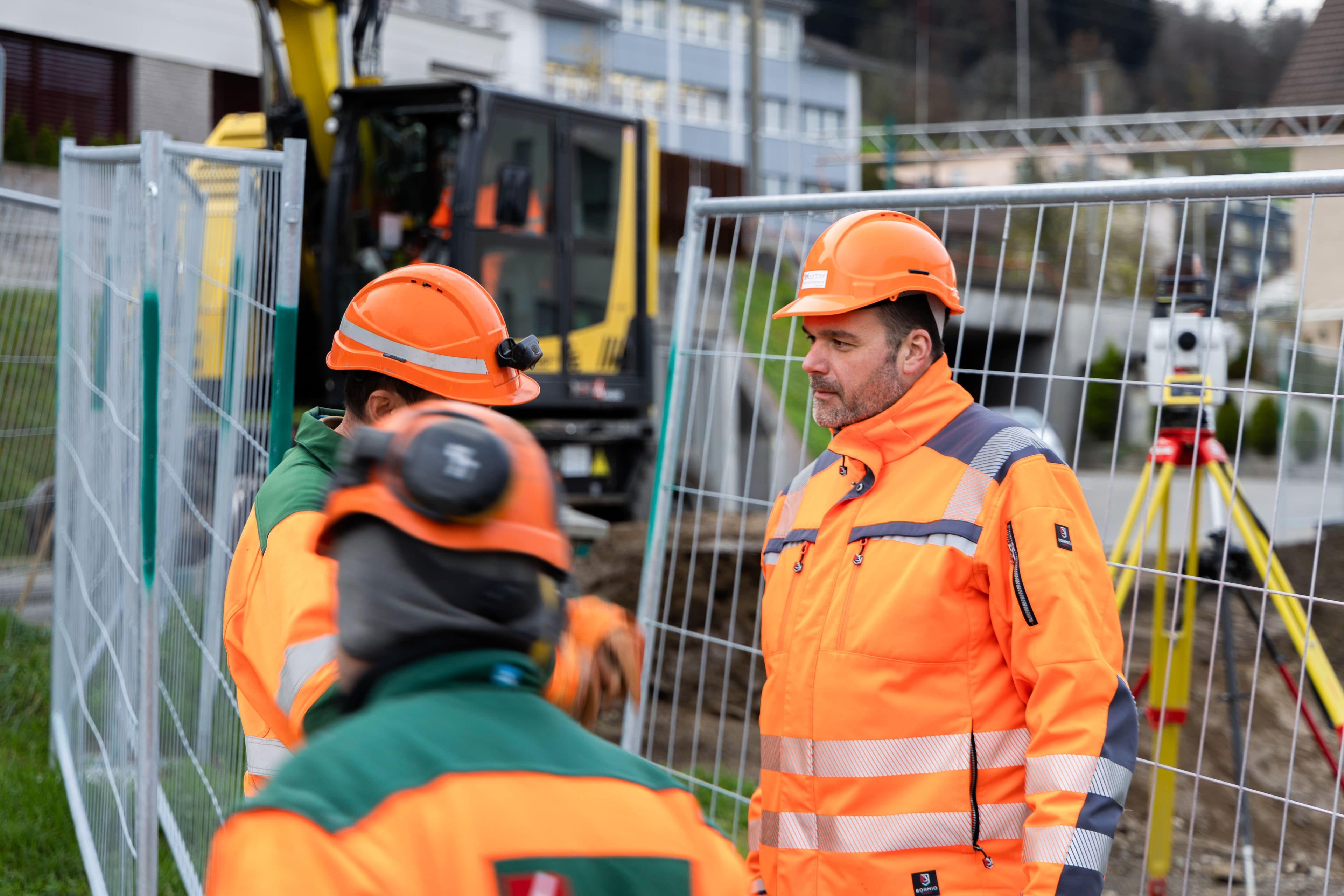
Time, networking and acceptance
And how does Matthias see his role in this whole system? ‘My goal is to provide a good framework for the people in the project.’ Creating this framework takes time, networking and acceptance. That means accepting that projects run according to their own rules, and that it is worth investing time to understand them. This kind of understanding also suggests that quality in such a project is not just about the end product. Rather, good execution is closely linked to good collaboration.
Matthias seeks to give the project a framework for frictionless communication, networking and sharing of experience. Thoroughness and consideration accompany him on this project and throughout his own professional journey. And because each project has its own peculiarities and is unique, the experience of our teams grows accordingly. This is a quality in and of itself.
